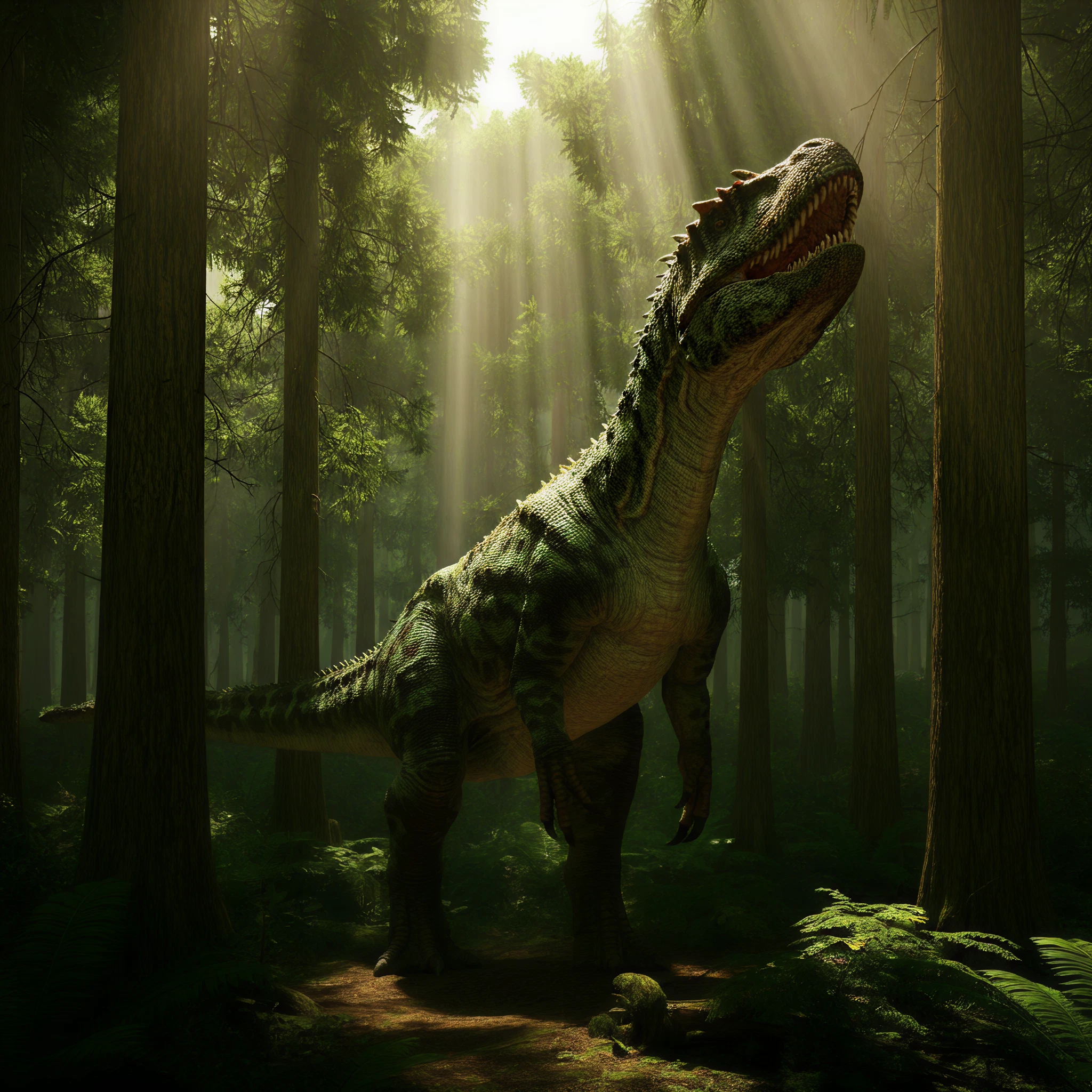Over 100 million years ago, during the Late Cretaceous period, one of the largest creatures to walk the Earth roamed the dense floodplains of modern-day Patagonia. Known as Patagotitan mayorum, this gigantic dinosaur was not only a marvel of natural evolution but also a game-changer in what we know about the ancient giants that ruled the planet.
Recent discoveries and continued research have unveiled the secrets of this awe-inspiring herbivore, offering a glimpse into the life of one of the most colossal land animals to have existed.
What is Patagotitan mayorum?
Patagotitan mayorum was a titanosaur, a group of herbivorous dinosaurs famous for their astonishing size and long necks. Measuring an estimated 122 feet in length and weighing up to 70 tons, this dinosaur remains one of the largest terrestrial creatures discovered to date. Its fossils suggest a robust build, with powerful limbs that supported its immense weight.
Scientists believe these giants thrived on a steady diet of plant life, consuming vast amounts of vegetation daily to sustain their size. Despite their grandeur, they were designed for gentle movements, with their massive tails and long necks enabling them to efficiently reach food and maintain balance.
The Key Features of Patagotitan mayorum
This titanosaur stands out not only because of its size but also due to its unique characteristics:
- Massive Size: At 122 feet, Patagotitan mayorum is longer than a blue whale and as heavy as 10 African elephants combined.
- Long Neck: Like other titanosaurs, its elongated neck was critical for reaching vegetation and grazing over vast territories.
- Strong Limbs: Fossil evidence highlights limbs designed to bear immense weight, revealing how its structure supported such massive proportions.
- Diet: A herbivore specializing in consuming ferns, cycads, and conifers, this giant constantly grazed the fertile lands of Cretaceous Patagonia.
Life in the Late Cretaceous
The Late Cretaceous period was a dynamic time, filled with lush vegetation, warm climates, and a diverse array of dinosaur species. Patagotitan roamed grasslands and floodplains alongside other titanosaurs, likely living in herds similar to modern-day elephants for protection and social interaction. Its immense size ensured it had few predators, although juvenile titanosaurs may have been vulnerable to attacks.
Patagonia during this time was rich with plant life thanks to warm temperatures and periodic flooding, creating the perfect habitat for large herbivores. These conditions enabled species like Patagotitan mayorum to evolve to breathtaking sizes.
Why the Discovery of Patagotitan mayorum Matters
Patagotitan mayorum was first unveiled in 2014 after fossils were unearthed in Patagonia, Argentina. The discovery marked a significant milestone in paleontology, shedding light on how massive dinosaurs evolved and ultimately thrived.
- Evolution of Titanosaurs
The study of Patagotitan has provided new understandings of the evolutionary adaptations in titanosaurs, such as their lightweight bones and unique limb structures, that allowed them to grow to such incredible sizes without collapsing under their own weight.
- Ecological Insights
The discovery also illustrates the relationship between these large herbivores and their ecosystems. By consuming enormous quantities of plant life, they likely shaped the environment, influencing plant species’ growth and distribution.
- Challenges of Being Gigantic
Patagotitan invites fascinating questions about how such a large creature functioned biologically, including its growth rates, metabolic needs, and reproduction. Its mere existence highlights nature’s ability to push boundaries.
How Patagotitan compares to others
While Patagotitan mayorum holds its place among the titans, it is not alone in the ranks of enormous dinosaurs. Other sauropods like Argentinosaurus, Diplodocus, and Brachiosaurus share the stage. However, Patagotitan surpasses many others in sheer size, making it a focal point for paleontologists seeking to understand the limits of terrestrial gigantism.
The Role of Fossil Discoveries in Understanding Our Planet
The discovery of Patagotitan mayorum reminds us of how much there is still to learn about Earth’s history. Fossils like these not only fascinate with their sheer size but also offer critical insights into how ecosystems evolved over millions of years.
Studying species like Patagotitan mayorum helps scientists piece together the story of life on Earth, illustrating how organisms adapted to challenges in their environments and uncovering the delicate balance that sustained these giants for millions of years.
A Glimpse Into the Past
Patagotitan mayorum represents the pinnacle of dinosaur evolution during the Cretaceous period. Its fossils are a testament to the grandeur of Earth’s prehistoric world, reminding us that nature’s creativity knows no bounds.
Curious to learn more about the giants of the past? Keep an eye on the latest paleontology research, as more discoveries await just beneath the surface, waiting to rewrite what we know about life on Earth.








